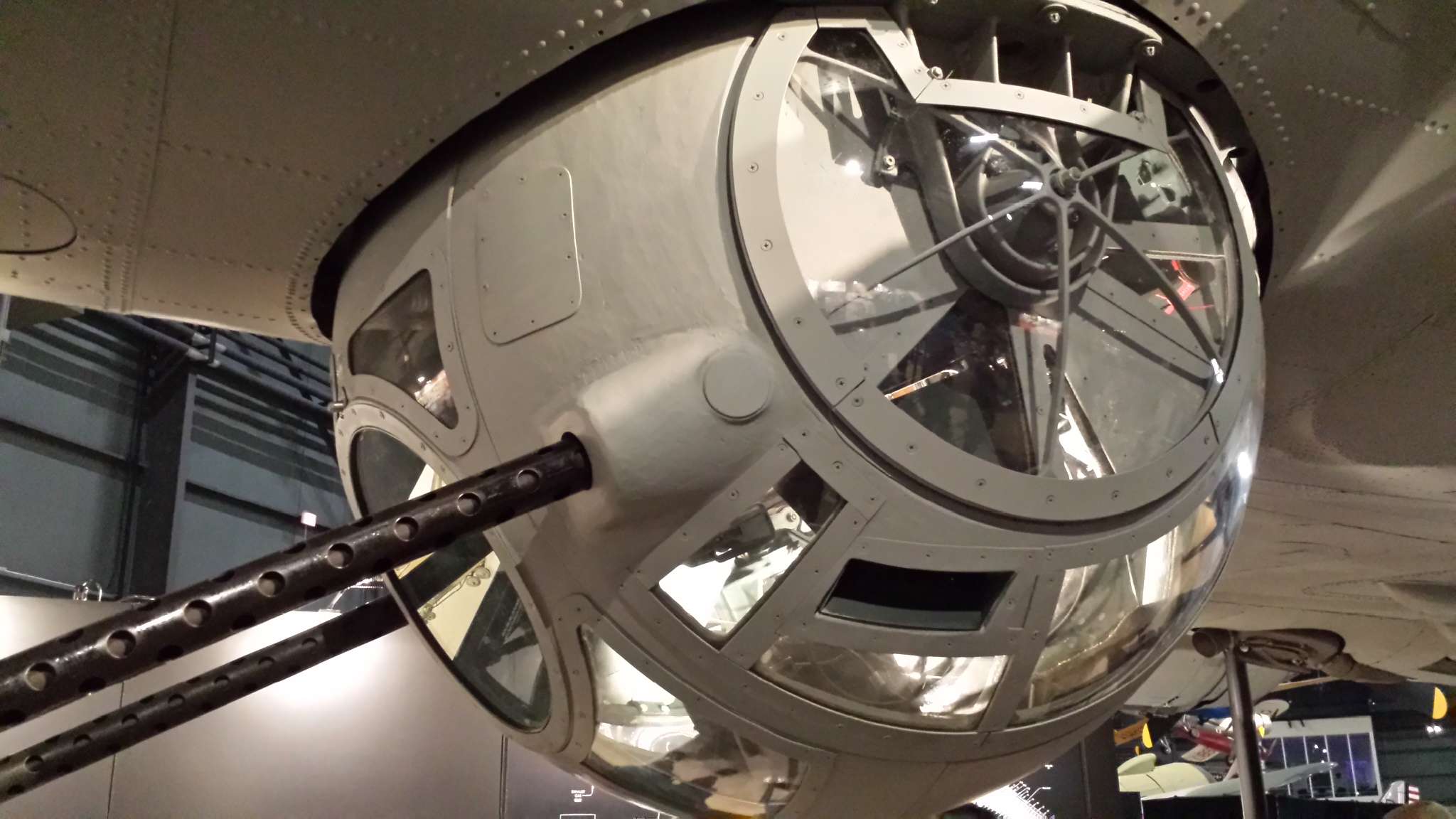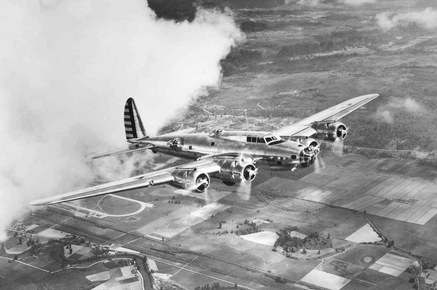1. Types of Fighter Planes Used During Escort Missions
During World War 2, fighter planes were used to escort bombers on bombing missions to ensure protection from enemy fighter planes. The most common type of fighter plane used during escort missions was the P-51 Mustang, which was used by the US Air Force. It was a single-engine, propeller-driven aircraft that was equipped with six .50-caliber machine guns and could reach speeds of up to 437 mph. Other fighter planes used during allied escort missions included the Supermarine Spitfire, the P-38 and the P-47. The heavy casualties suffered by the allies bombing missions in the early years of the second world war were in large part due to the lack of fighter escorts in appropriate numbers and in range. Some could barely have enough fuel to cross the English Channel and make it back to their base.
2. Role of Fighter Planes During Escort Missions
Fighter planes played an essential role during escort missions in World War 2. Fighter planes escorted the bombers as they flew over enemy territory, providing protection from enemy aircrafts. They also provided cover for the bombers in case of surprise attack. Fighter planes were equipped with machine guns and cannons, and were able to take out enemy aircrafts with ease. They were also able to protect the bombers from anti-aircraft fire. As a result, fighter planes were able to ensure the safe arrival of the bombers to their targets, and significantly reduce their casualties.
3. Tactics Used to Protect Bombers During Escort Missions
The escort planes would fly in formation with the bombers, forming a protective shield against enemy aircraft. The escort planes would also attempt to draw enemy fire away from the bombers and towards themselves. Additionally, the escort planes would use diversionary tactics such as flying in zigzag patterns, making them harder for the enemy to target. The escort pilots would also use their superior maneuverability to outmaneuver enemy aircraft and disrupt their attacks. Finally, the escort pilots would communicate with the bomber crews, giving them warnings and instructions to help them stay safe. With the help of these tactics, escort planes were able to protect the bombers and ensure their success during bombing missions.
4. Impact of Fighter Planes During Escort Missions
During World War 2, fighter planes played a crucial role during escort missions for bombing runs. The fighters provided cover for the bombers, defending them from enemy fighters and ground fire. During the war, the escort fighters destroyed hundreds of enemy planes and prevented countless bombers from being shot down. The presence of fighter planes allowed the bombers to complete their mission more successfully and with fewer casualties. In addition, the escort fighters acted as a psychological deterrent, as they provided a visible reminder of the Allies’ air superiority. As a result, the impact of fighter planes during escort missions was significant, and their contributions to the Allied victory in World War 2 greatly aided in restoring peace in Europe.
5. Success of Fighter Plane Escorts During World War 2
Fighter plane escorts during World War 2 provided invaluable protection for bombing missions and helped ensure their success. Allied forces utilized fighter escort strategies to protect bombers from enemy fighters, allowing bombers to reach their targets and successfully complete their missions. Fighter escorts were also important in engaging enemy fighters in the air, allowing Allied bombers to avoid direct confrontation. The success of fighter escort missions was vital to the success of Allied bombing missions during World War 2, as they helped protect bombers from enemy fire and ensured that targets were successfully destroyed.
6. Development of Fighter Planes During World War 2
The development of fighter planes during World War 2 was key to the success of bombing missions. The most advanced fighter planes of the time included the American P-51 Mustang and the British Spitfire, which could fly at speeds of up to 400 miles per hour and reach altitudes of up to 37,000 feet. These planes were equipped with powerful machine guns and cannons that could take out enemy targets. With the introduction of these fighter planes, the Allies had a major advantage over the Axis forces, allowing them to complete their bombing missions with greater success.
7. Challenges of Fighter Plane Escorts During World War 2
During World War 2, fighter plane escorts were critical for successful bombing missions. Escorts provided protection from other enemy fighter planes that would attempt to shoot down bombers. Although fighter plane escorts were essential for successful missions, there were also several challenges that pilots faced. Many escorts did not have enough fuel or ammunition to complete their mission, forcing them to abandon their bombers and return to base. Additionally, the escorts were often outnumbered by enemy fighter planes, which posed a significant risk for the bomber crews. In order to combat this, escorts had to be incredibly skilled and experienced in order to be able to evade enemies and protect bombers from attack. Despite the challenges, fighter plane escorts played a significant role in ensuring the success of bombing missions during World War 2.
8. Allied Cooperation During Escort Missions.
Allied cooperation during escort missions was an integral part of World War II bomber missions. Escort missions were conducted by fighter planes, providing protection for bombers as they flew to their targets, and then back again. Fighter pilots from different nations worked together in these escort missions, using their superior speed and maneuverability to protect the bombers from enemy fighters. Cooperation between the different Allied forces was essential for the success of these escort missions, and it was only with the combined efforts of all the Allies that the missions could be accomplished. The cooperation between pilots from different countries during these escort missions was remarkable and helped to ensure the safety of the bombers.






